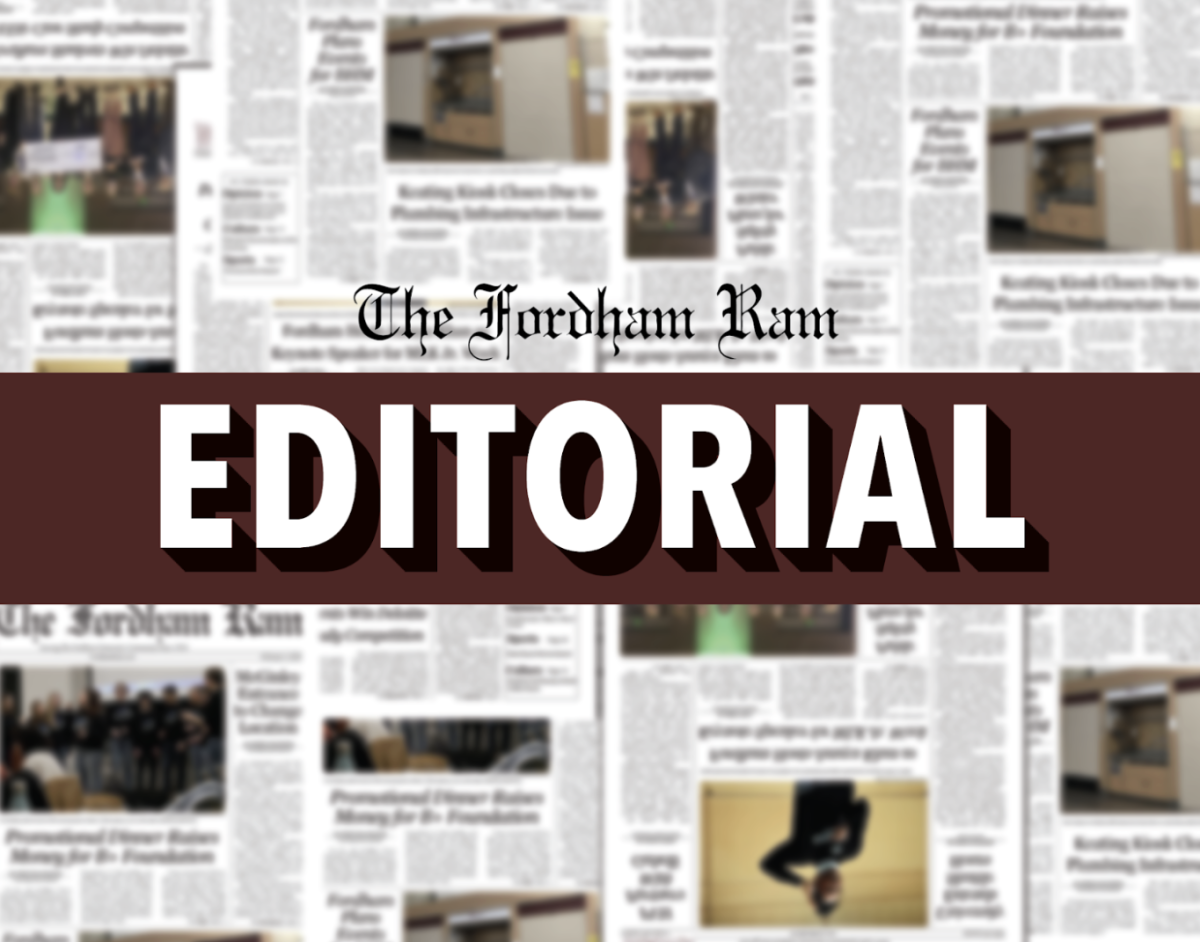The gate around Fordham’s campus has sparked several debates over the years. For a while, the understanding was that the iron bars, chain link and, at certain points, barbed wire were protecting the Fordham community from the urban environment around campus. However, in light of the recent incident in Walsh Hall where a man breached the security around campus and broke into the residence hall, it’s time to reevaluate whether the controversial gate is actually accomplishing its goal.
Student opinion has been mixed on the issue of the gate over the years. Some students feel that the gate offers a protective barrier from the issues that may arise from living in a big city. The gate also allows some students to let their guard down, as well as create a sense of community and feel of a traditional college campus as opposed to the urban layout of some other New York universities. However, this feeling of security and the ability to let their guard down may actually be the problem.
On the other hand, some students feel the gate creates a negative divide between the Fordham community and the surrounding neighborhood. They believe that the gate creates an us versus them mentality and produces a racial othering between a predominantly white institution (PWI) and a predominantly Black and Hispanic neighborhood. Furthermore, the gate acts as an innate symbol that there is something that is dangerous or unsafe outside of Fordham’s campus that needs to be kept out. Community members can feel a sense of anxiety from the start of their time at Fordham while off campus through the message that symbol sends alone.
There is a commonly held belief within Fordham’s community that the gate allows students to roam around campus without being aware of their surroundings because of the blind trust in the security the gate promises. This false sense of security could create less vigilance among community members and allow for more things to slip through the cracks.
The most recent breach of security was the incident in Walsh. While this specific incident was not caused by student inattentiveness, it is common practice among Fordham students to sneak people in through the Walsh turnstile or swipe in other students when they get locked out. This is aided by the fact that the turnstile is unmanned by a security officer unlike every other entrance to campus. On Nov. 3, an “emotionally disturbed” man forced his way onto campus through this turnstile with a student returning to campus. The man then entered Walsh, made it to the ninth floor and sprayed a fire extinguisher into a dorm room before being restrained by Public Safety and, ultimately, arrested by the NYPD.
This begs the question: if the supposed purpose of the gate is not always effective, should it remain standing or should other ideas be explored? The Walsh breach is not the only security incident this campus has experienced. In 2022, a man accessed campus twice to steal scooters from Loschert Hall after being swiped in by students. Additionally, students have reported people climbing over the gate to access campus. This question, in conjunction with the negative divide the gate produces between Fordham’s community and the surrounding neighborhood, has prompted the reinvigorated call for the gate to come down.
The decision to take the gate down is a complicated one, but in light of recent events, the one undeniable thing is that Fordham needs to reevaluate its security measures. As mentioned earlier, the gate can provide a false sense of security and allows students to let their guard down. The gate is not some magical barrier that can keep the negative aspects of our society from reaching our community. Iron is strong, but not omnipotent.
Fordham should turn their focus to enhancing safety measures in different ways on campus instead of passively relying on the gate. Most buildings on campus remain unlocked for a majority of the time. The only exception is residence halls, and even then only one of the two front doors are locked. Maybe more Public Safety patrols need to be added to campus on campus patrol and in residence halls.
It is not an easy decision to make, and there are a lot of different voices that need to be heard during the debate. However, one thing is for sure. Students should not stop being vigilant of their surroundings just because they passed through that wrought iron gate and into campus. If college is preparing students for the real world, then where in the world will people not need to be aware of what is happening around them? Fordham has fallen into a pattern of inattentiveness, and maybe that’s the true change that needs to be made going forward.







































































































































































































